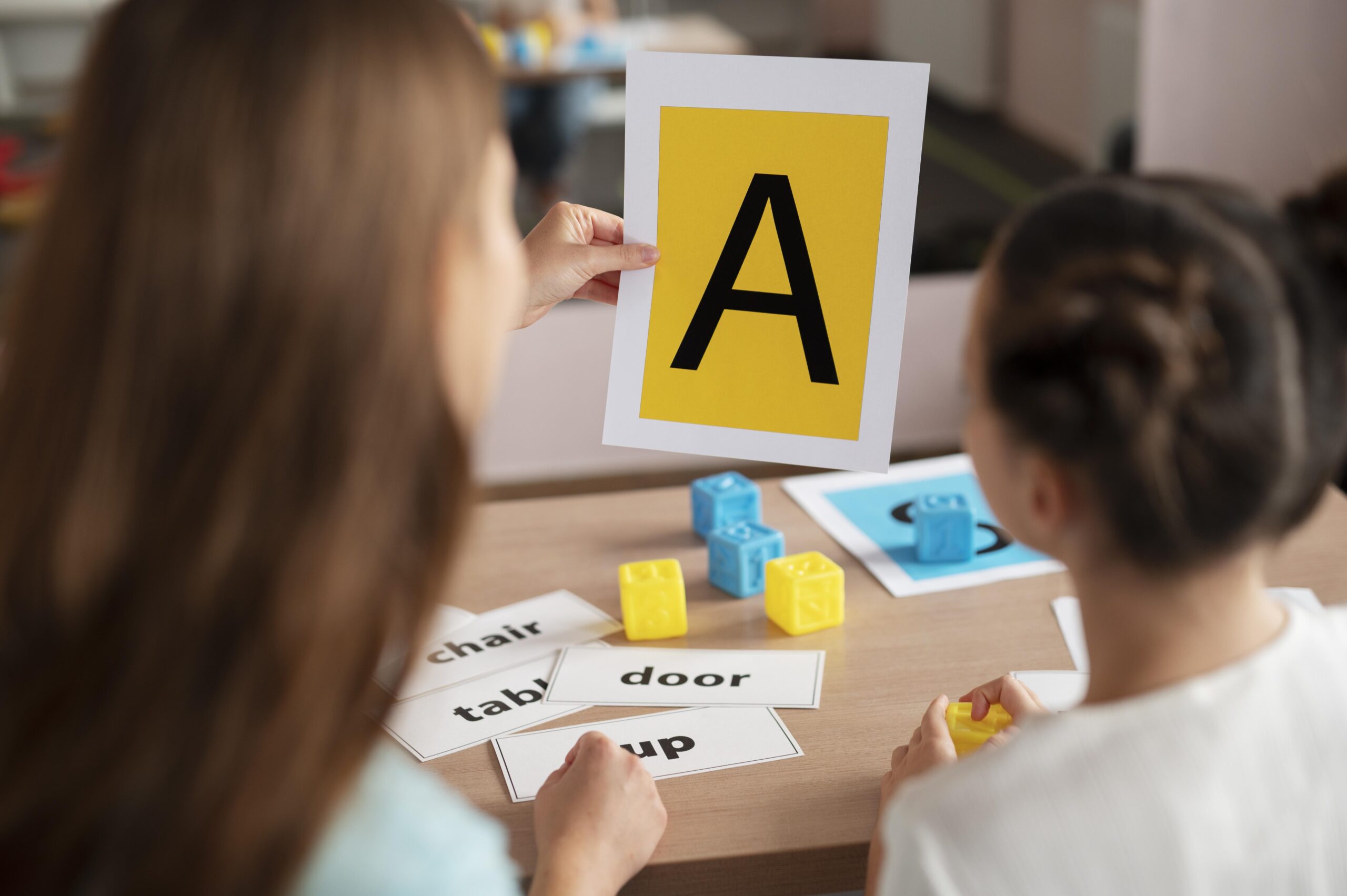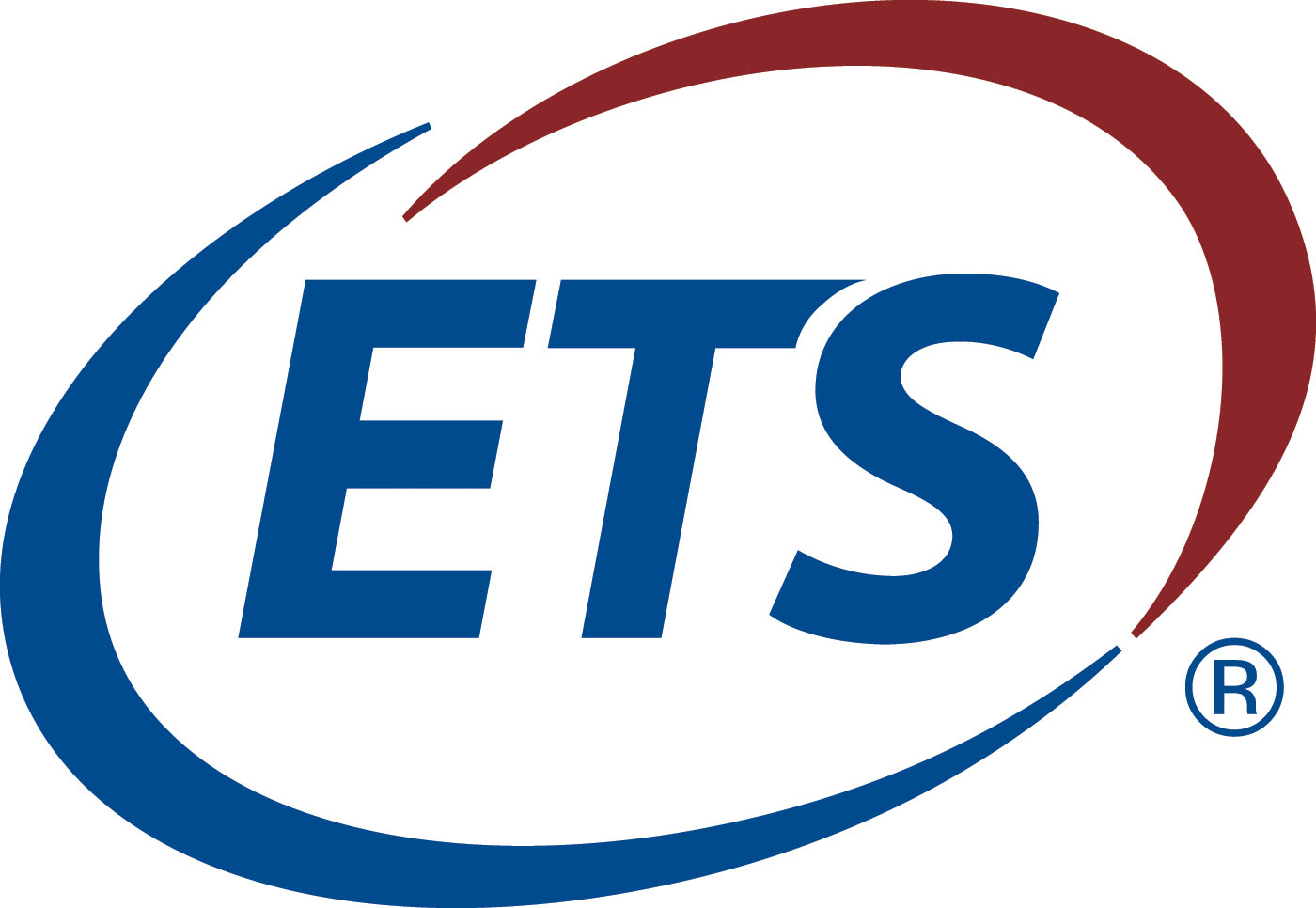Phonics is a method of teaching reading and spelling that emphasizes the relationship between letters (graphemes) and their corresponding sounds (phonemes). It involves teaching learners to recognize and manipulate these sound-letter correspondences, enabling them to decode words accurately and develop fluency in reading.
Understanding phonics helps children:
- Decode unfamiliar words by sounding out letters and blending phonemes.
- Develop phonemic awareness, which is the ability to hear, identify, and manipulate individual sounds in spoken words.
- Build a strong foundation for spelling and writing, as phonics knowledge informs spelling patterns and rules.
- Enhance reading comprehension by facilitating the accurate and fluent decoding of text.
Phonics instruction should be systematic, explicit, and supported by multisensory activities to cater to diverse learning styles and abilities. Multisensory learning involves engaging multiple senses (such as auditory, visual, and tactile) simultaneously during the learning process. This approach recognizes that individuals learn and retain information more effectively when multiple sensory pathways are activated.
What molds our brain? Experience. Even into old age, our experiences actually change the physical structure of the brain. When we undergo an experience, our brain cells—called neurons—become active, or ‘fire’. The brain has one hundred billion neurons, each with an average of ten thousand connections to other neurons (The Whole-Brain Child, Daniel J. Siegel). Every time a child records a sensorial stimulus, a neuron is connected to another, making new synapses in the brain. Consequently, repetition makes the synapses stronger.
The concept of using methods that simultaneously stimulate the senses or include kinesthetic elements in education is not new. Jean Piaget demonstrated that the first stage of a child’s life is the sensory-motor stage, characterized by learning that emerges through the body, movement, senses, interaction with objects/tools, and motion. Dr. Maria Montessori believed that the senses are the gateway to knowledge. Last but not least, extended research findings demonstrate that phoneme awareness and phonics training predict later reading success and reading proficiency overall.
Components of Multisensory Phonics Instruction
Auditory techniques play a crucial role in phonics instruction, especially for developing phonemic awareness and sound-symbol correspondence skills in early readers. A technique commonly used in phonics instruction and aimed at phonemic awareness is phoneme segmentation, in which students segment words into their individual phonemes, e.g., “dog” into /d/ /o/ /g/.
Visual tools and aids provide learners with concrete representations of abstract phonetic concepts, making phonics learning more accessible and engaging. Magnetic letters, for instance, can be used to build words and explore letter-sound relationships.
Tactile approaches in phonics instruction involve hands-on activities that engage learners’ sense of touch. An example of this is playdough letter formation. Students use playdough to form letters by rolling and shaping the dough. This kinesthetic activity helps strengthen fine motor skills while reinforcing letter shapes and sounds.
Integrating art can also help students engage constructively with each other and even teach each other. The benefits of teaching through art are plenty. Students achieve neural and physical development (e.g., practice fine and gross motor skills) and develop creativity, imagination, and curiosity. Art stimulates and motivates students. Examples of artistic tasks could be a letter collage for which students create a collage of pictures for a letter they choose and/or pictures of objects starting with this letter, or a name collage.
Integrating multisensory phonics activities into daily classroom practices seamlessly involves having multisensory materials at hand, including magnetic letters, tactile letter cards, sand trays, or interactive digital tools. In addition, teachers may integrate kinesthetic phonics activities into classroom routines, such as letter formation exercises (e.g., assign each letter a specific body movement) or phonics-themed yoga poses. Movement enhances memory and engagement.
Choosing Effective Materials
Careful consideration is essential when choosing your materials. Effective materials should:
- Encourage the letter name-sound-action ‘triptych’.
- Be designed to help learners start reading as soon as possible.
- Offer artistic input.
- Provide multisensory tasks.
- Include tracing.
- Promote decoding unfamiliar words through tasks with sounding out letters and blending phonemes.
- Integrate literacy, numeracy, and science into artistic projects to promote connections across disciplines.
- Build and boost presentational skills.
- Include engaging activities.
Conclusion
Phonics serves as the cornerstone of literacy development, playing a fundamental role in both decoding and encoding words. Research consistently demonstrates that strong phonics skills are associated with improved reading comprehension and academic achievement. By prioritizing multisensory phonics instruction, educators can empower students to become skilled and enthusiastic readers and writers, catering to the diverse needs of learners. As Karl Jung would say, “Often the hands will solve a mystery that the intellect has struggled with in vain.”
Credits to Elizabeth Veliou for her constant support, help, and inspiration!




